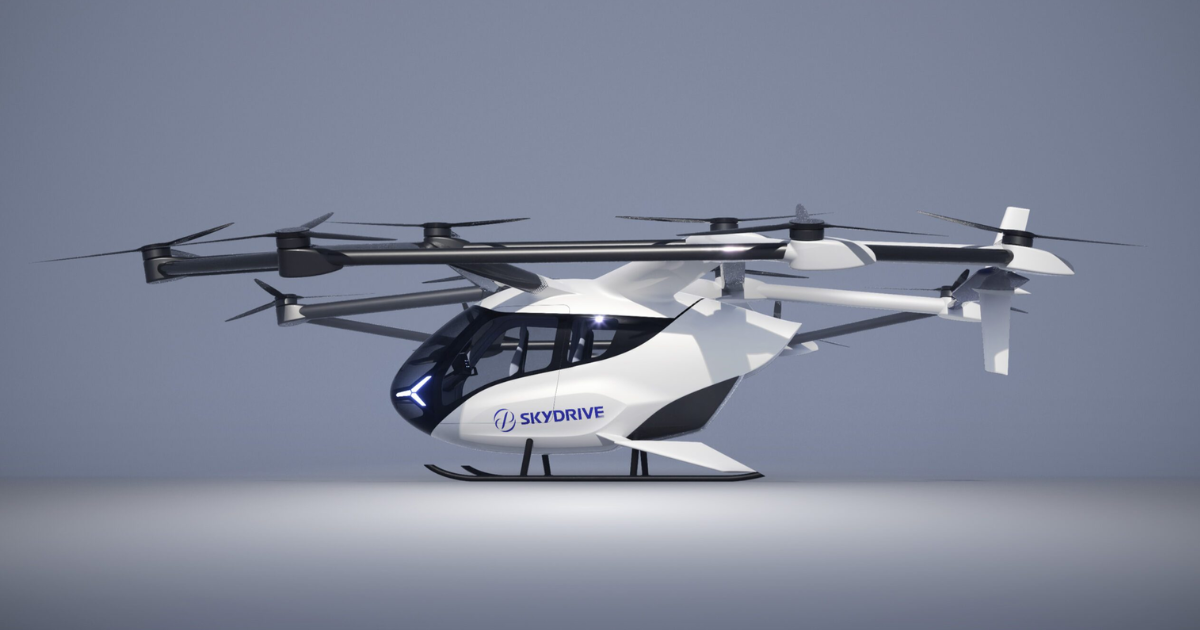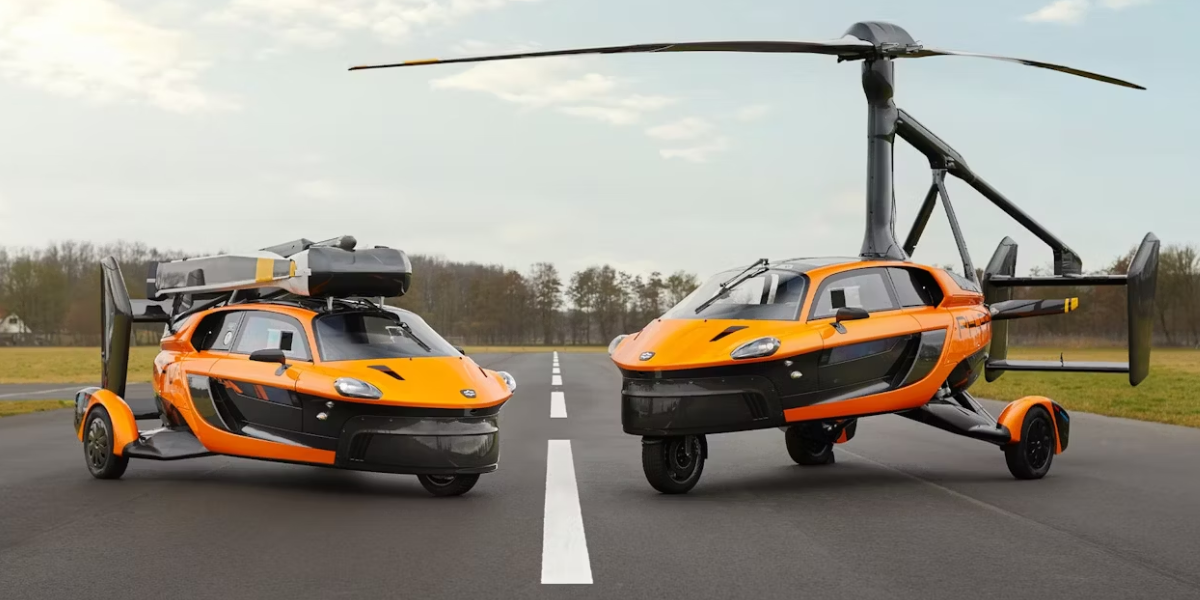Pioneering the Future of Air Mobility with the eVTOL & UAS Advisory Group
As the Advanced Air Mobility (AAM) sector matures, the integration of electric vertical takeoff and landing vehicles (eVTOLs) and Unmanned Aerial Systems (UAS) into broader transportation ecosystems is becoming a critical priority. ADW is taking significant steps to address this challenge through the establishment of its eVTOL & UAS advisory group. Tasked with identifying regulatory and operational hurdles, this group also works to craft actionable solutions to drive the growth and acceptance of these technologies.
“We are at a stage in AAM’s evolution where we must think holistically,” explains Sergiu Marzac, Autonomous Systems Global Regulatory Specialist at Boeing and an active member of the advisory group. “It’s not just about technology or regulations in isolation but about developing an ecosystem—an ecosystem where policy, safety, operations, and public perception converge.”
The eVTOL & UAS advisory group is one of five content streams established for ADW2025, each addressing a vital component of the AAM network: Rules and Regulations, Digital Infrastructure, Cities and Regions, Mobility Hubs, and eVTOLs & UAS. According to Marzac, the group aims to overcome today’s challenges while ensuring the industry is equipped to scale operations seamlessly in the future.
“Small UAS already operate under a relatively robust regulatory framework, but the challenge lies in integrating them with other airspace users,” says Marzac. “For eVTOLs, the landscape is different. These aircraft will carry passengers, requiring a much higher degree of certification for aircraft, personnel, and infrastructure.” One of the more complex challenges, Marzac notes, is aligning deployment timelines across various building blocks—such as urban planning, infrastructure, and air traffic management—so that they work harmoniously.
“This is a new ecosystem, and the biggest challenge is synchronizing its deployment to fit into the broader transportation framework alongside road, rail, and maritime systems.”
Shaping the Regulatory Landscape
Regulatory challenges are a core focus for the advisory group. The differing demands of various use cases—ranging from small drones for package delivery to eVTOL air taxis for urban areas—create a broad and complex regulatory landscape.
Marzac elaborates, “For eVTOLs, we need new flight rules, such as automated or digital flight rules, to accommodate these technologies in lower levels of airspace. In addition, remotely supervised operations and high levels of automation introduce safety and operational challenges that must be addressed before these systems can achieve scalability.” He points to the development of Wisk’s autonomous eVTOL aircraft as a prime example of how innovation requires a collaborative approach: “Wisk is developing an eVTOL without a pilot onboard, which requires working with lawmakers, regulators, and industry partners to create a viable concept of operations that balances safety, regulatory, and operational requirements.”
Fostering Collaboration Through ADW2025
The eVTOL & UAS advisory group plays an integral role in shaping the content and agenda of ADW2025. By bringing together representatives from leading organizations—including Airbus, Volocopter, and Avy—the group ensures that the event addresses real-world challenges while presenting practical solutions.
“This is not just a discussion forum,” Marzac emphasizes. “We aim to create a platform where participants—manufacturers, regulators, operators, and service providers—can share insights and collaboratively address the barriers that are holding this industry back.”
The group’s work goes beyond shaping the event’s content. It actively seeks to bridge gaps between regulations and technological advancements, leveraging lessons learned from other industries to inform future standards.
“Collaboration is the only way to help this industry truly take off,” Marzac says. “Many of our members are involved in standards development activities, which help bridge R&D with deployment and ensure compliance with evolving regulations.”
The Role of Public Perception and Infrastructure
Public acceptance is another critical area of focus for the advisory group. According to Marzac, educating the public about the benefits of eVTOLs and UAS is a challenge that has often been overlooked:
“Urban Air Mobility will bring new types of infrastructure, new ways of interacting with airspace, and new challenges for local authorities. Citizens must be informed and involved in these developments to build trust.”
To build public confidence, the advisory group advocates for demonstrating tangible use cases such as air ambulances, firefighting, and cargo delivery in remote areas. These applications, Marzac believes, can serve as a proving ground to showcase the value of AAM technologies.
“AAM must develop incrementally, starting with use cases that gain public trust. Medical supply transport or firefighting are good first steps to demonstrate the safety and utility of these systems.”
A Vision for the Future
Looking ahead, the eVTOL & UAS advisory group is laying the groundwork for a robust, scalable, and sustainable AAM ecosystem. This includes addressing emerging trends such as urban planning, multimodality, and integrating digital infrastructure like urban mapping and micro-weather forecasting.
“We need to think beyond just aviation,” Marzac states. “Advanced Air Mobility must fit into the broader transportation ecosystem, which requires alignment between cities, local governments, and industry stakeholders.”
The group’s work represents a significant step toward realizing the full potential of eVTOLs and UAS within the global transportation network. The focus remains on fostering collaboration, addressing regulatory and operational challenges, and creating a platform for meaningful dialogue and progress.
“With the benefits this industry brings and the interest it has garnered, I am optimistic about its future,” Marzac concludes. “But success depends on collaboration, communication, and a shared vision.”
Share your story with us
Do you have knowledge on current air solutions, potential innovations and vital regulations you would like to share with the UAS community? The Amsterdam Drone Week website and social media channels are a great platform to showcase your stories!
Please contact our Brand Marketing Manager Hilke de Vries.



